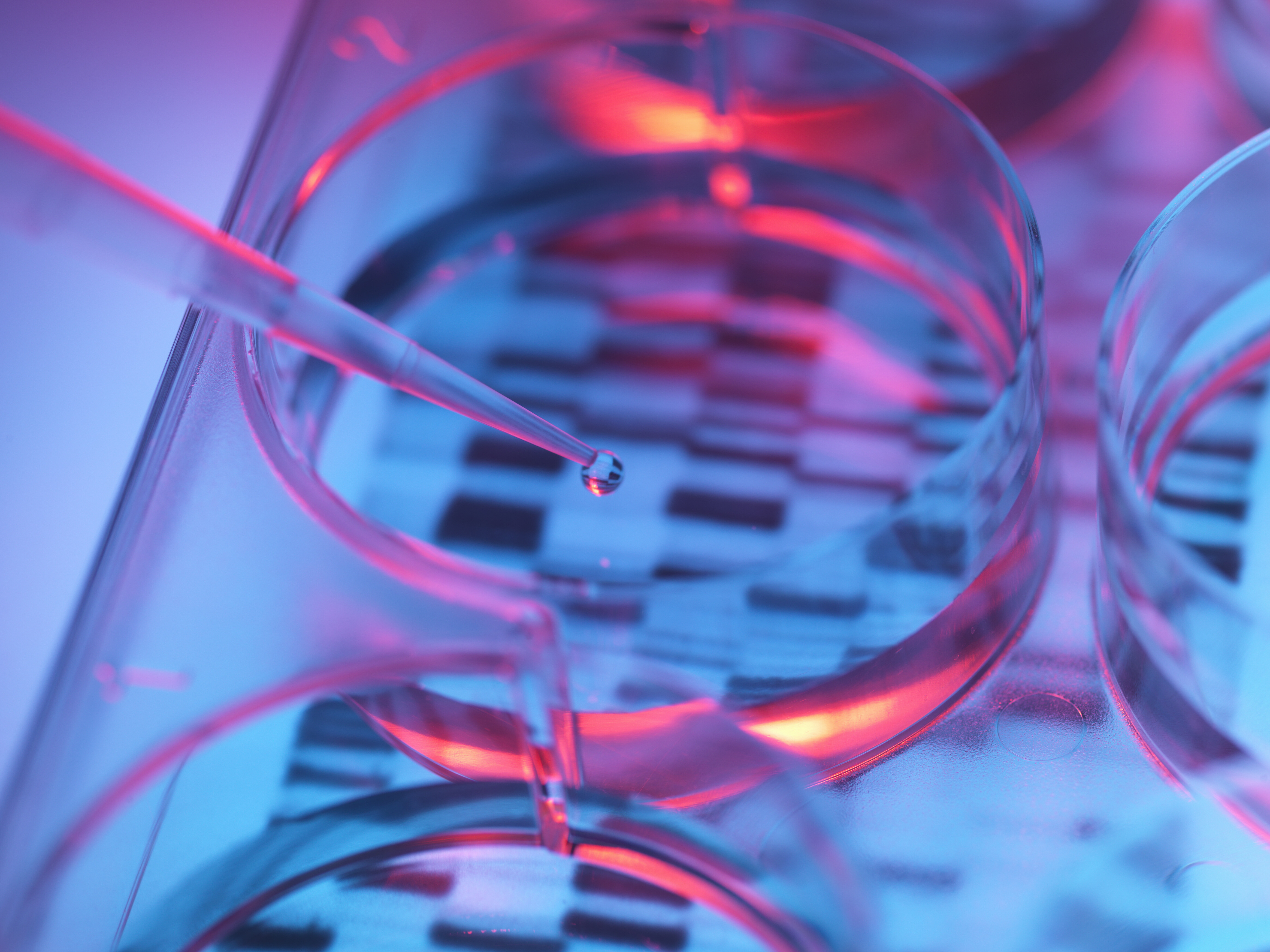11 Genetic Diet Hacks: How to Eat for Your DNA for Optimal Health
Understanding the intricate dance between our genes and the food we consume is a burgeoning field known as nutrigenomics. This scientific discipline explores how individual genetic variations affect our nutritional needs and responses to different diets. The concept of eating for your DNA is rooted in the idea that our genetic makeup can guide us toward dietary choices that optimize health, prevent disease, and enhance overall well-being. As we delve into the world of genetic diet hacks, we will explore how personalized nutrition can transform our approach to eating, offering a tailored path to optimal health that respects the unique genetic blueprint of each individual.
1. Decoding Your DNA: The Foundation of Personalized Nutrition

To harness the power of genetic diet hacks, understanding your genetic makeup is crucial. Genetic testing can reveal specific variations, known as single nucleotide polymorphisms (SNPs), that influence how your body processes nutrients, metabolizes fats, and responds to different foods. These insights can highlight predispositions to certain conditions, such as lactose intolerance or gluten sensitivity, and guide dietary adjustments. By decoding your DNA, you gain a personalized map that informs which foods are beneficial or detrimental, allowing you to craft a diet that aligns with your genetic strengths and vulnerabilities, ultimately paving the way for a healthier lifestyle.
2. The Role of Epigenetics: Beyond Genetic Predispositions

While genetics provides a blueprint, epigenetics illustrates how lifestyle and environmental factors can modify gene expression without altering the DNA sequence itself. Diet is a significant epigenetic factor, capable of switching genes on or off, thereby influencing health outcomes. Nutrients and bioactive compounds in foods can trigger epigenetic changes that impact metabolism, inflammation, and disease risk. Understanding epigenetics empowers individuals to make dietary choices that not only complement their genetic predispositions but also actively shape gene expression, offering a dynamic approach to health that goes beyond static genetic information.
